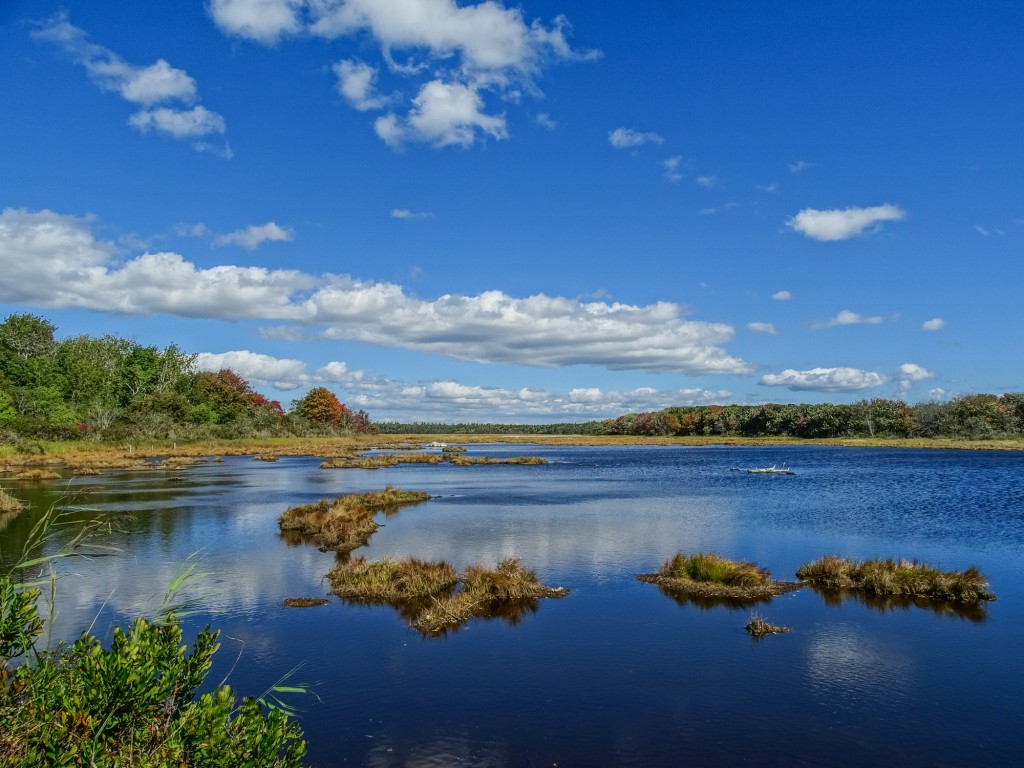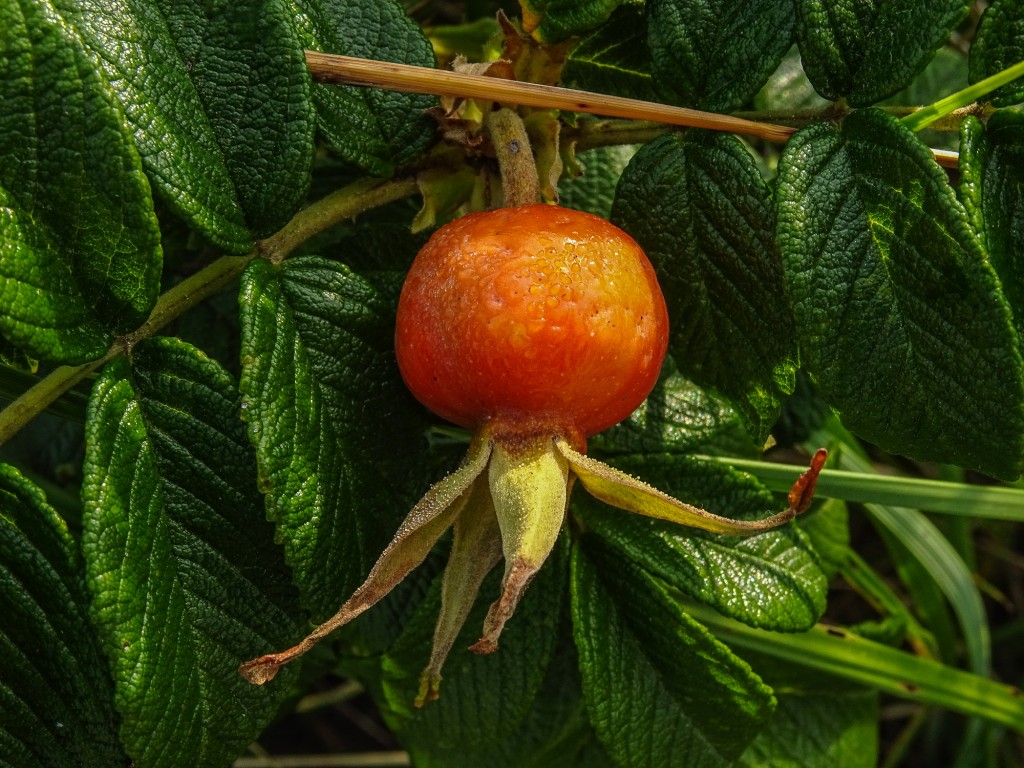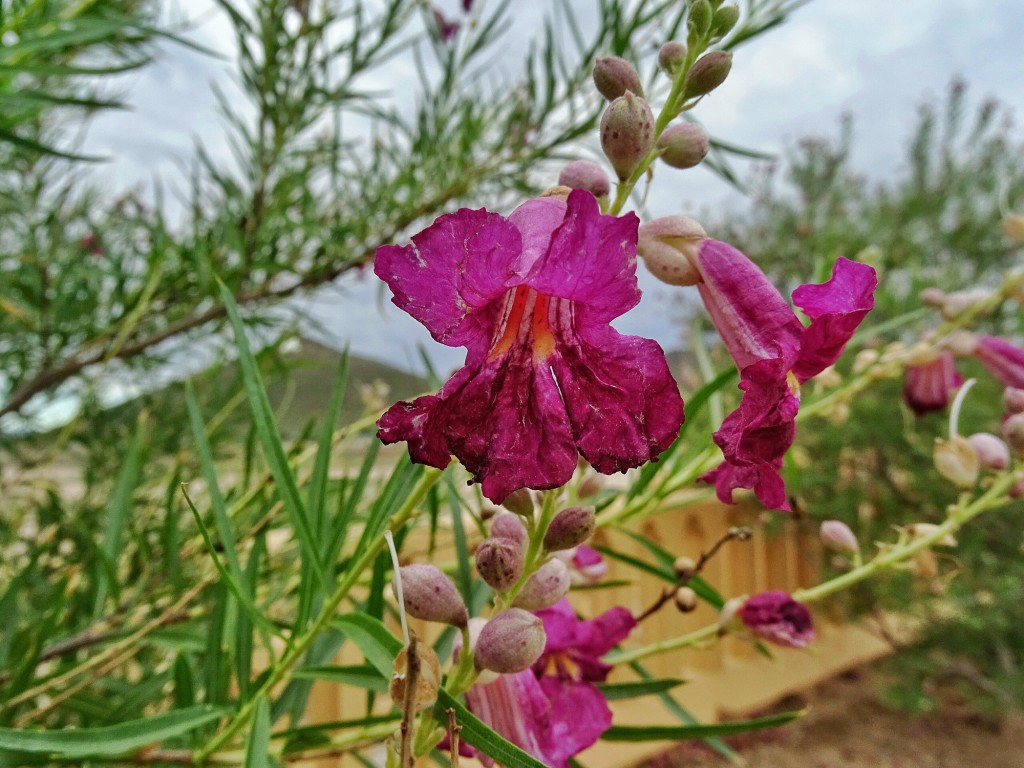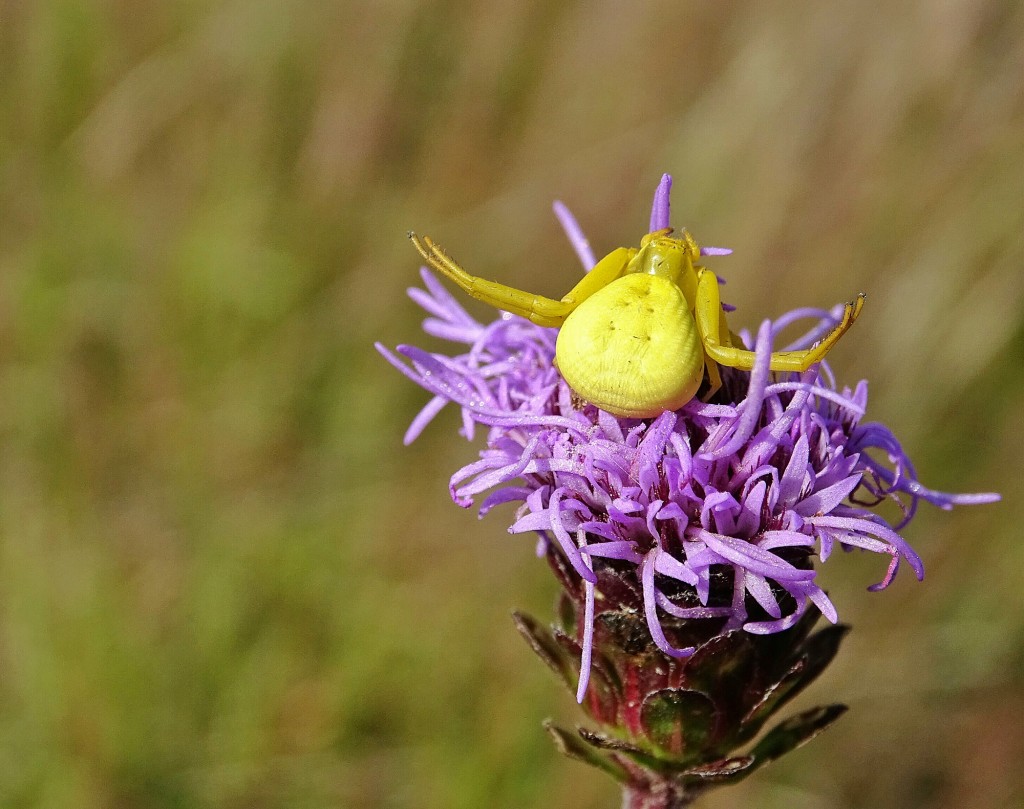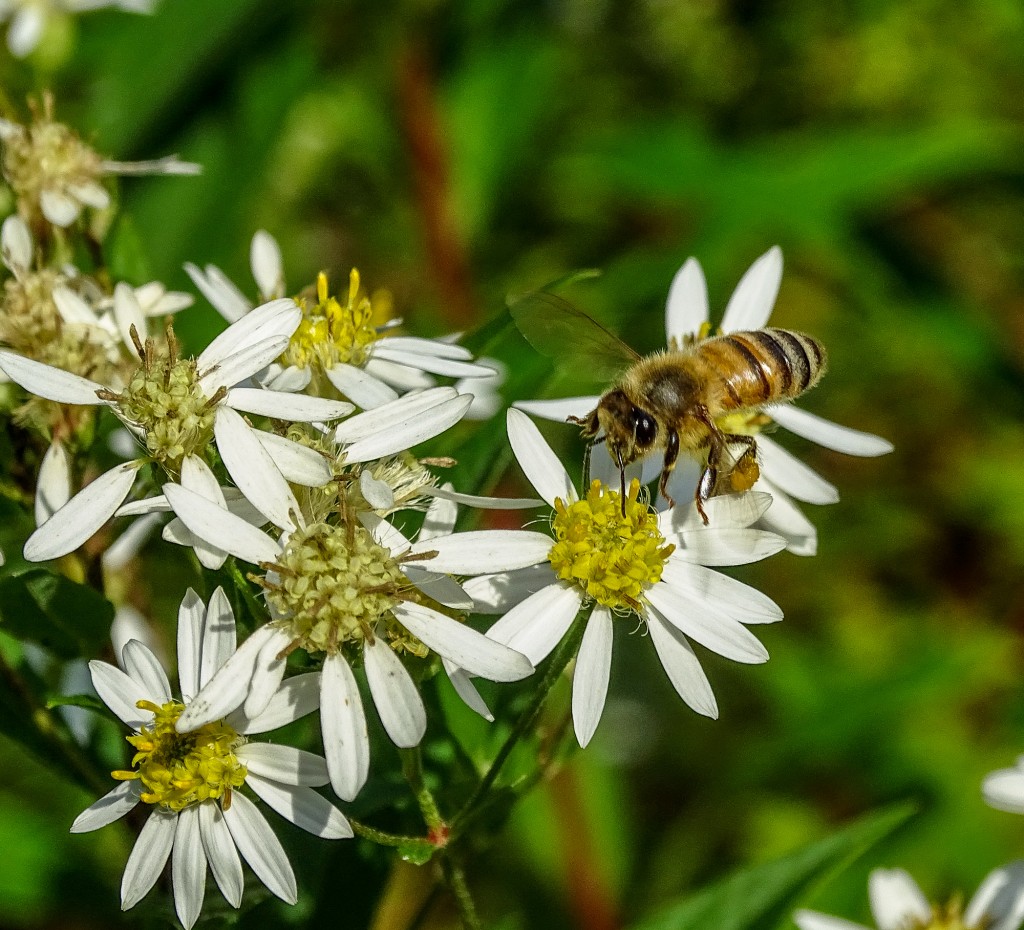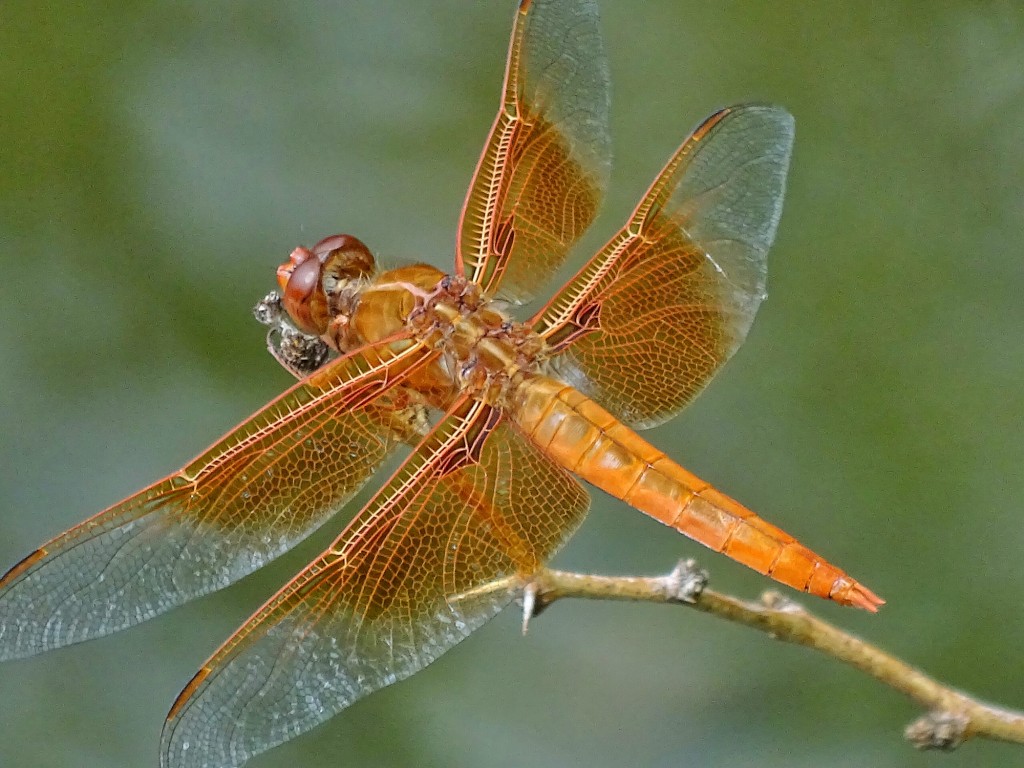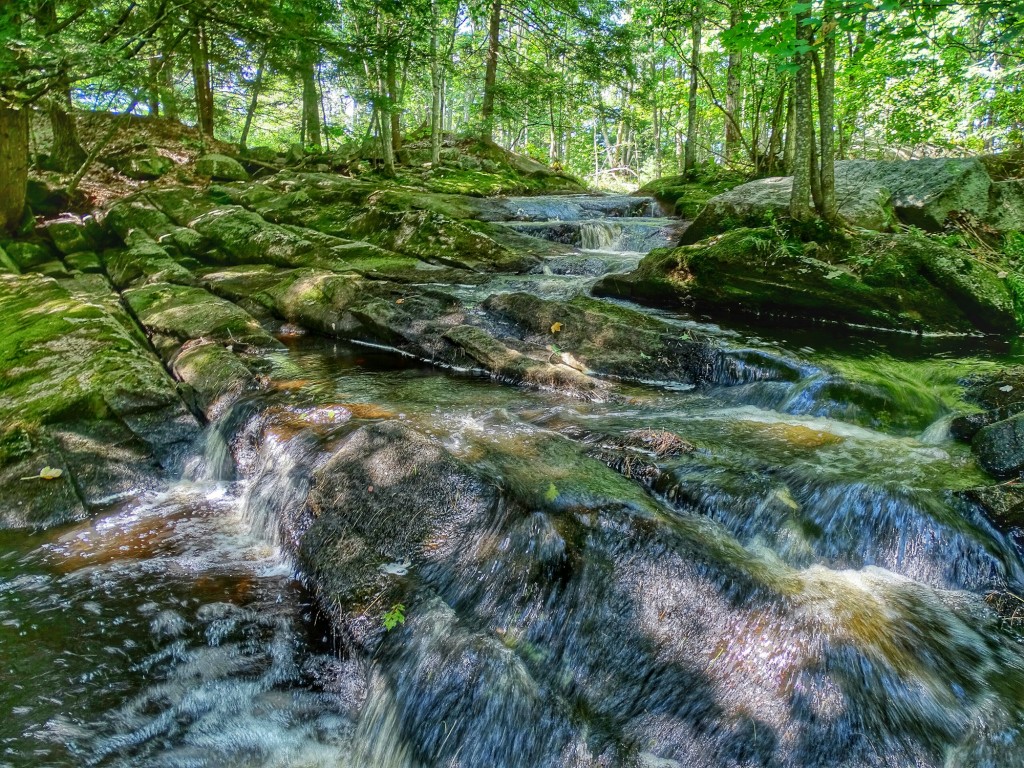
It is hard to resist a colorful landscape with big white clouds against a bright blue sky. Might be, those clouds are casting a pattern of moving shadows on the land that only adds interest. Or maybe your eye is caught by the tumbling water of a stream in deep forest, with sun breaking through, bringing out the peat brown highlights in the water. Or are you in a ferny glade under the tall canopy of maples or redwoods, reaching for that cathedral quiet and calm. Or you are out at sunset, confronted by the wonder of red and orange over the darkening (but not yet dark) landscape.
Too bad! Each of these represents one of the primary challenges that has faced the photographer since the beginning of the craft: the inability of any photo-sensitive material to capture the full range of light and dark…all the subtle shades of color…that the human eye can see.
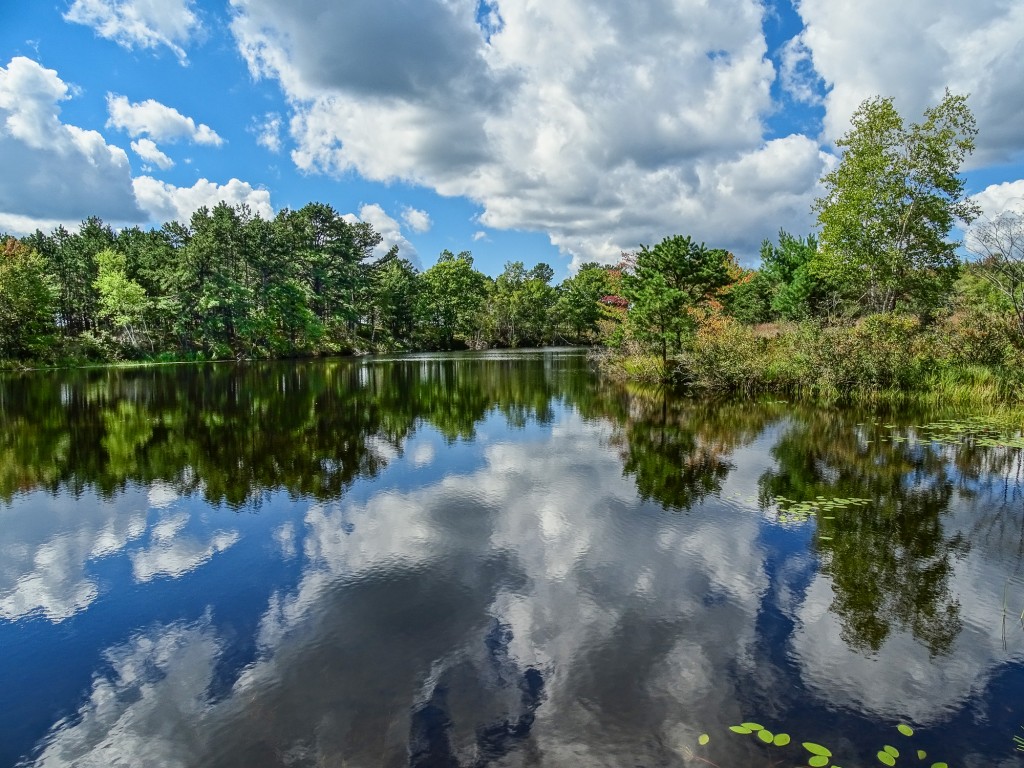
If your landscapes have a sky that is way too pale and clouds that are simply white blobs without detail; or they have wonderful skies, full of drama, but the land and foreground are full of unnatural inky black shadows and dark dull colors…if your stream in the forest has blinding white highlights where the sun struck it, and little detail in the shadow and that lovely peaty water is simply dirty dishrag brown…if the cathedral forest is a dark den haunted by bright specters where a sun shaft came through…if your sunset hangs above a landscape from a horror movie, all dark threatening shapes; or the reds and oranges are not the living flame you remember, but a dull wash across a grey sky…
…well then you have experienced first hand just how bad even the most modern senors are at catching what the eye sees…just how much trouble photo-sensitive materials have with the wide range of light and dark.
Yes, but we have all seen photographs, other people’s photographs, that do capture what we remember we saw, that scene that caught our eye in the first place. Like a painting. Like these images here. You have to wonder how it is done.
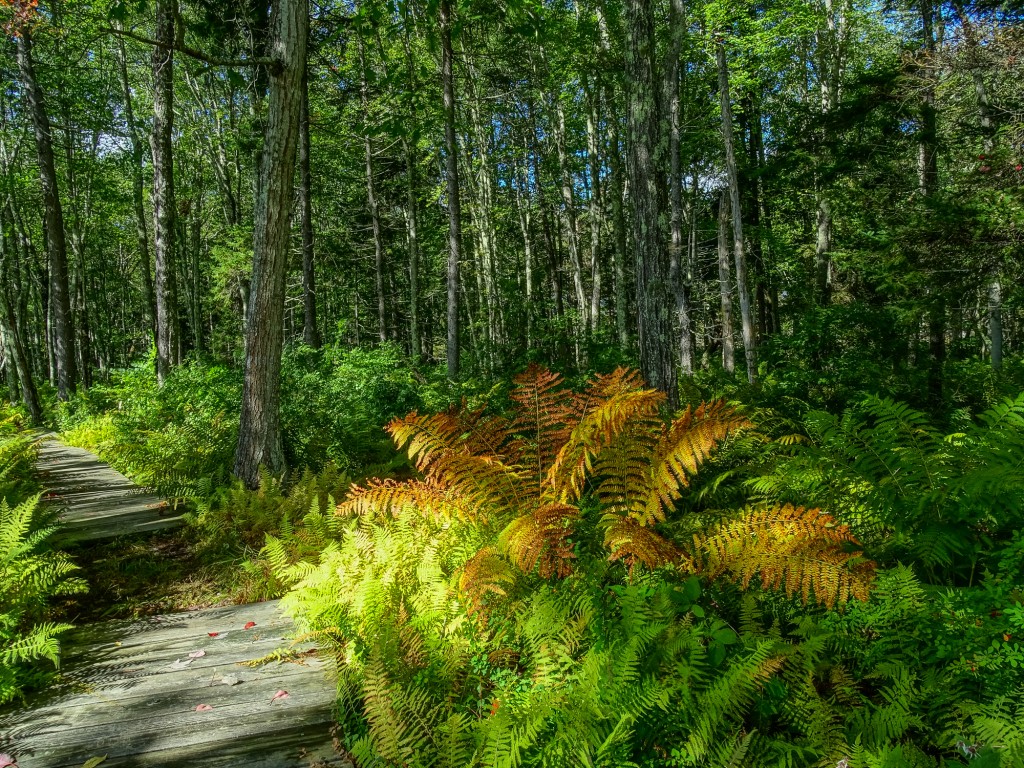
The only way to do it is to somehow compress the full range of light and shadow…the full range of color…so that it fits in the limited range of the photo-sensitive material, or rather, to be accurate, in the limited range of whatever material is used to display the image…print paper, ink in the page of a magazine, the monitor on your computer or LCD screen on your laptop or tablet…but to do it so effectively that the eye is fooled into thinking it really sees that full range in the resulting image. It is a trick. It is always a trick, no matter how it is done.
Once upon a time, in the bad old days of film and wet processing, photographers put graduated filters in front of their landscape lenses that artificially darkened the sky so that landscape could be properly exposed. They would then, during processing, doge and burn sections of the print to bring up detail in the dark areas and subdue highlights in the bright areas. (I can remember putting my bare hands into the developer tray to hand rub shadows to bring them up.) If shooting slide film, where post-processing options were limited. they would intentionally underexpose the film and then push-process it in the darkroom, using a combination of higher temperatures and non-standard time to bring up the shadows. It was an art. It was a trick.
The first digital sensors where even worse at capturing the range of light and color than film. If you could go back and look at images from the digital cameras of 10 years ago, especially the P&Ss, you would immediately see how cartoony they look…how poster-like. It was one of the factors that convinced many dedicated film photographers that digital would never displace film.
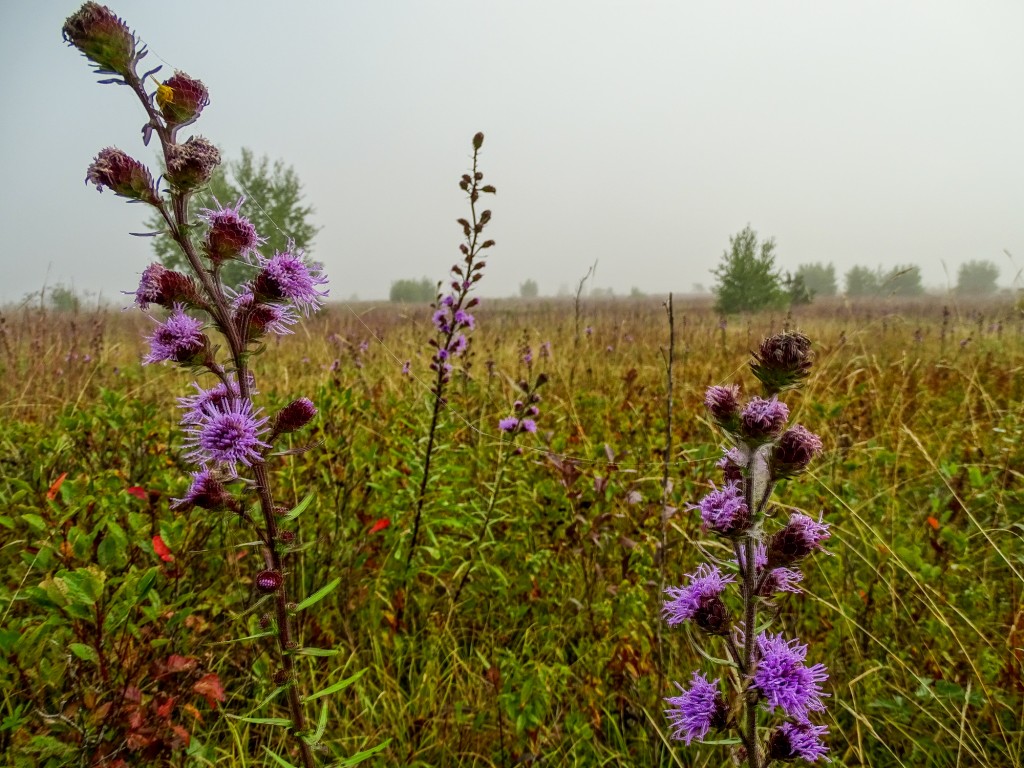
Of course, with each new generation of digital sensors, and each new generation of on-board (in-camera) image processing software and hardware, the tonal range of digital images increased. We call that range, the range of light and dark and color that a sensor can capture: Dynamic Range. The Dynamic Range of digital sensors, especially the most modern back-illuminated CMOS sensors, surpassed the Dynamic Range of conventional film several years ago.
In addition, with the advent of digital post-processing, and the ever increasing sophistication of digital editing software, it has become possible to enhance the dynamic range of images. Photographers can take the RAW file that the sensor captures, and digitally manipulate shadows and highlights to produce the illusion of an extended range. Or they can take 3-6 separate exposures, each exposed for a different shadow/highlight balance, and them combine them in software so that something resembling the full range of light and shadow are displayed in the final image. Deep trickery! If done well, these techniques can produce a very natural looking dramatic landscape. (If done, in my opinion, badly, they can produce the kind of surreal, over-baked, hard images that give HDR a bad name among many landscape and nature photographers)
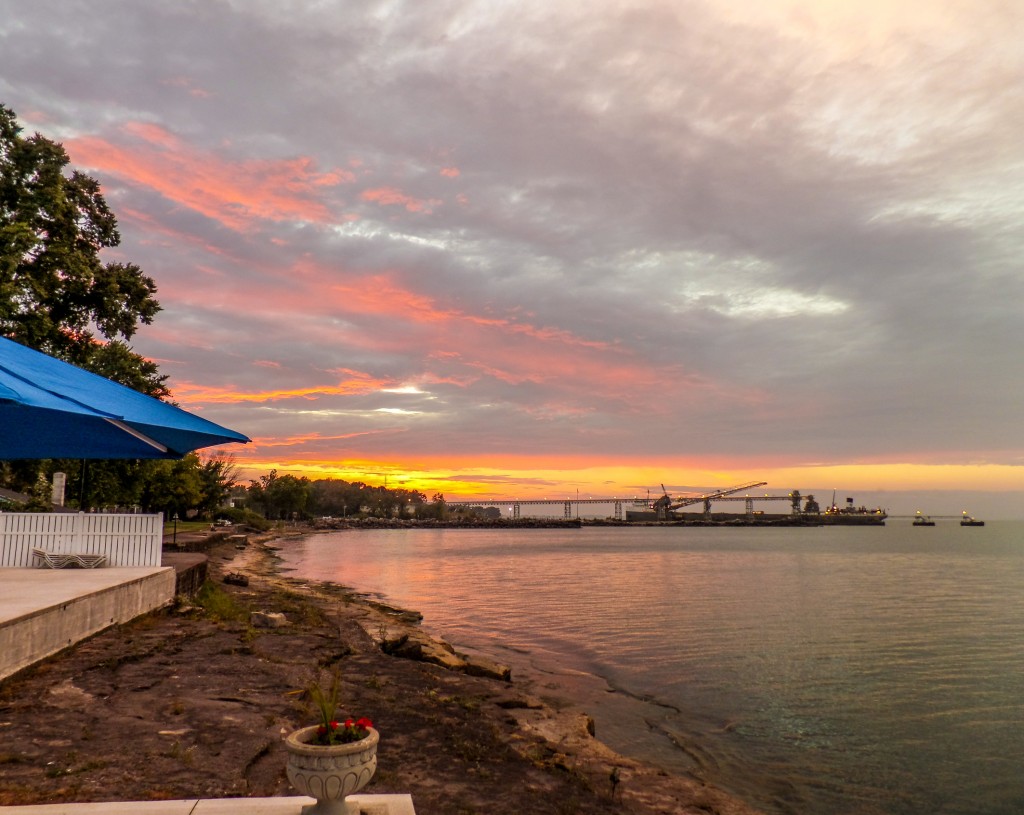
Unless you have access to those kinds of post-processing tricks, you probably continue to be disappointed in your attempts to capture the most dramatic scenes that confront you.
Or not.
If you are a Point and Shoot photographer and using Smart Auto (or Intelligent Auto, or Superior Auto, or whatever your camera maker calls it), then you are seeing just how good the modern on-board digital image processing software and hardware are at maximizing the Dynamic Range of today’s back-illuminated CMOS sensors. During jpeg conversion, today’s P&S superzooms apply the same trickery that photographers developed to deal with Dynamic Range in post-processing…automatically, before you ever see the image. Almost all recent P&Ss have some kind of Dynamic Range Compensation, or Dynamic Range Enhancement, built in, and Auto is the default mode in any of the Auto/Smart Auto programs. Some of the most recent P&Ss even allow you to control the degree of DRC when you use the Program Mode.
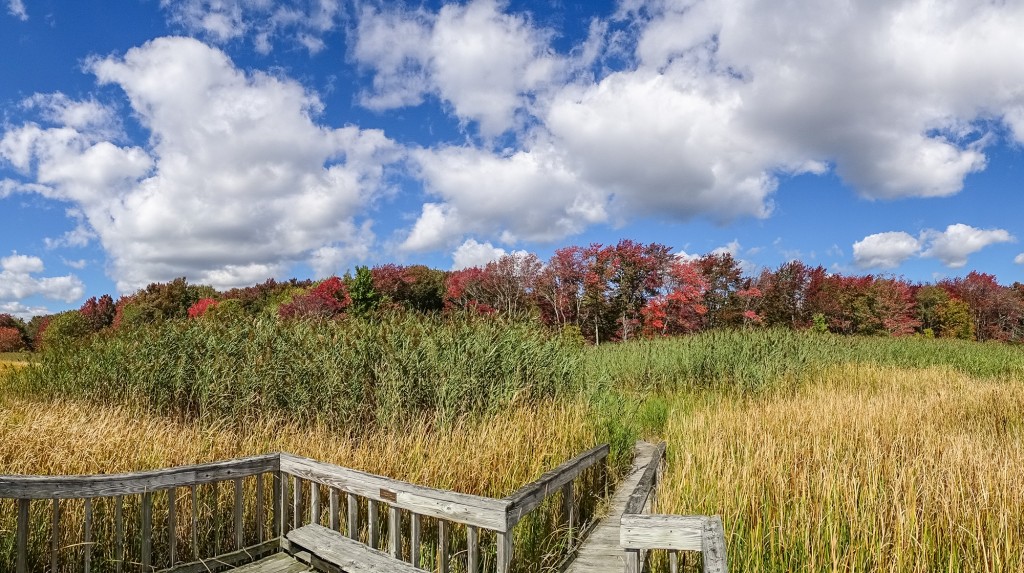
My experiments with DRC on superzooms has shown that the best implementations are very good indeed…providing a noticeable and useful increase in apparent Dynamic Range without producing an unnatural looking image. They keep the drama in dramatic landscapes without overdoing, or over-cooking, it. For general photography, keeping DRC on Auto works very well. And on those cameras that give you control of the feature, you can produce good results in even the most challenging situations (as in the stream in deep forest, or the cathedral in the pines).
What is more, camera makes started to build in on-board automated three exposure HDR a generation of cameras back. The first attempts were not very successful. Sensors and processing engines were not fast enough. The three exposures took a few seconds so a tripod was required, and they were separated in time by long enough so that any motion in the scene destroyed the illusion…and often the camera failed to get the three images lined up perfectly, leaving ghosts around even stationary objects. Or, worse in my opinion, the resulting image was overly flat, with so little variation in tone that it looked like an etching on metal. Not very satisfying at all.
Then came, as I mentioned, the back-illuminated CMOS sensors and truly fast image processing engines. The best of today’s P&S superzooms will do automatic in-camera, three exposure, HDR without a tripod. Some will let you control the exposure steps between the exposures to fine tune for different scenes. Almost all will produce a fairly natural looking image…an image that with just a little bit of work in any editing program, can make a very satisfying dramatic landscape, even in the most difficult situations.
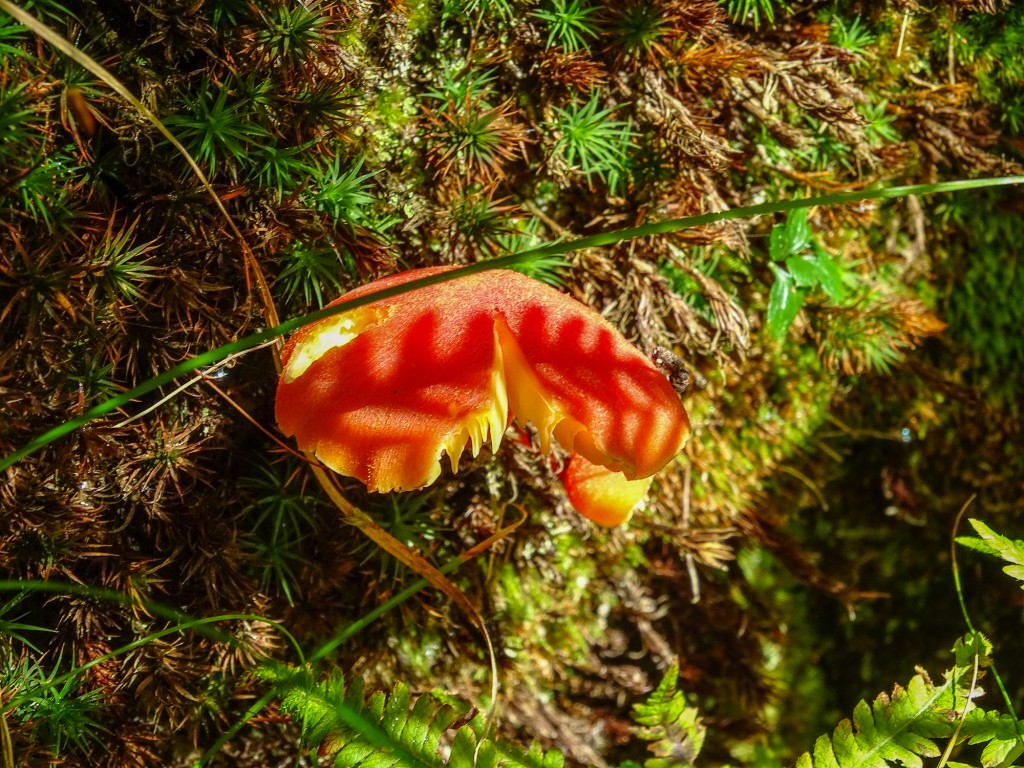
It is impossible for me to tell you exactly how to use these features on you particular camera, since every maker implements them differently. It is safe to say though, that if your camera is less than a year old, it has both Dynamic Range Compensation (whatever your maker calls it) and in-camera automatic three exposure HDR built in. Dig into the manual and the menus. Once you find it, experiment.
I keep 3 exposure HDR set up as one of my Custom Modes, so I can shift to it by simply turning the Mode Dial. I use it a lot…because I love dramatic landscape, and because it really does produce files that are easy to manipulate into very satisfying images.
In lieu of detailed instructions, I will simply outline how I use the features on my Sony HX400V superzoom.
I keep Dynamic Range Compensation (which Sony calls Dynamic Range Optimization) on Auto for Program mode, which covers my wildlife telephoto shots and macros. It is the default mode in Sweep Panorama and Sports mode, so I am covered for panos and flight shots.
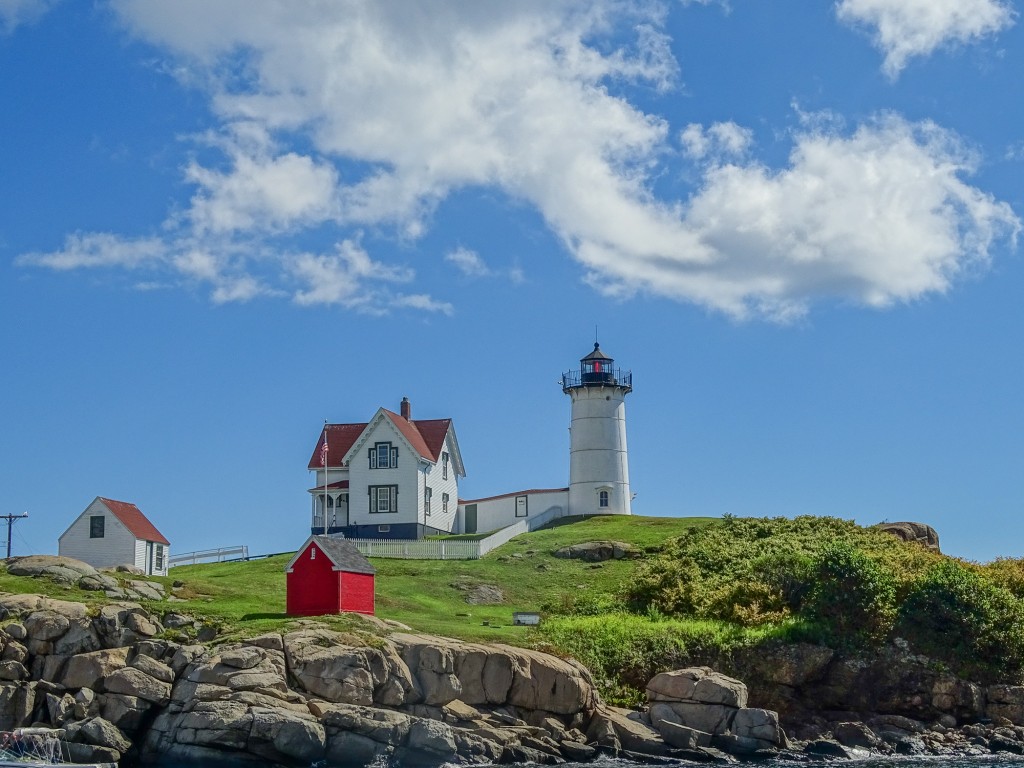
I have a Custom mode set to Auto HDR with exposures separated by a total of 6EV, and Exposure Compensation set to -7EV (to protect those white clouds in dramatic skies and the bright highlights in the forest). Because the exposures are so fast and so close together I do not use a tripod, but I am careful to steady the camera as much as is possible. I know better (from experience) than to to try HDR with close foreground elements in motion, as in a high wind…or sea shots with heavy surf where the water detail matters. On the other hand, the three exposures produce a satisfying blur, similar to the silky long exposure blur that is the current fashion in water shots, in rapidly moving water of streams.
Finally, all my HDR work (all my work for that matter) receives post-processing in Lightoom (or, when using an Android tablet, in Snapseed). My processing for 3 exposure HDR shots is essentially the same as it is for normal shots, but I find that shots taken with Auto Dynamic Range Optimization require a bit of extra work…some extra shadow and highlight control, etc…to produce the best results.
So there it is. Dynamic Range Compensation and auto HDR are powerful tools in today’s P&S superzooms. Give them a try. You will not regret it.
